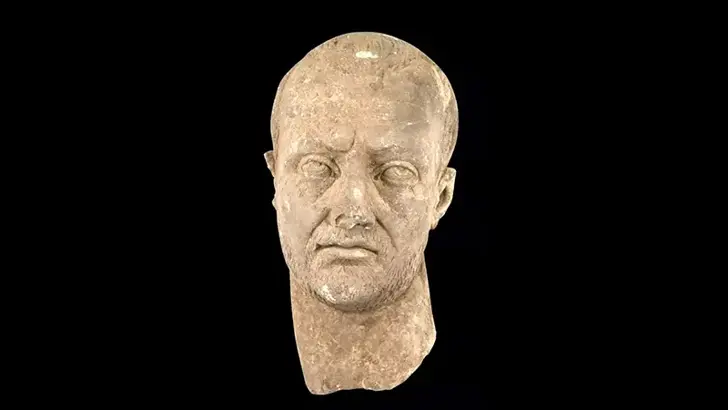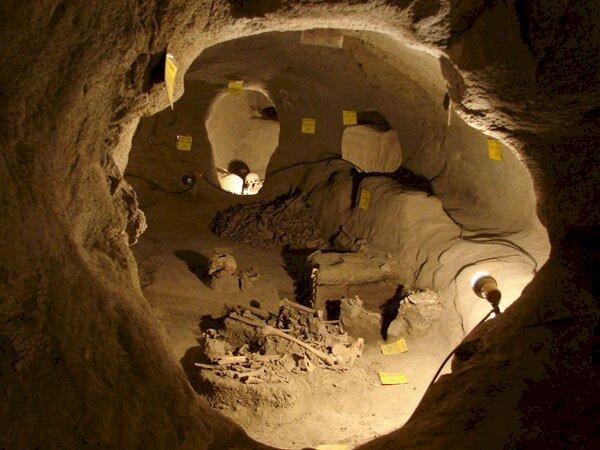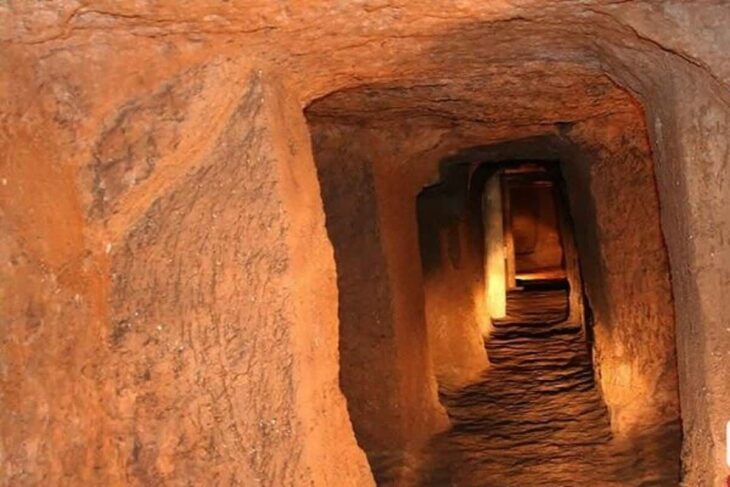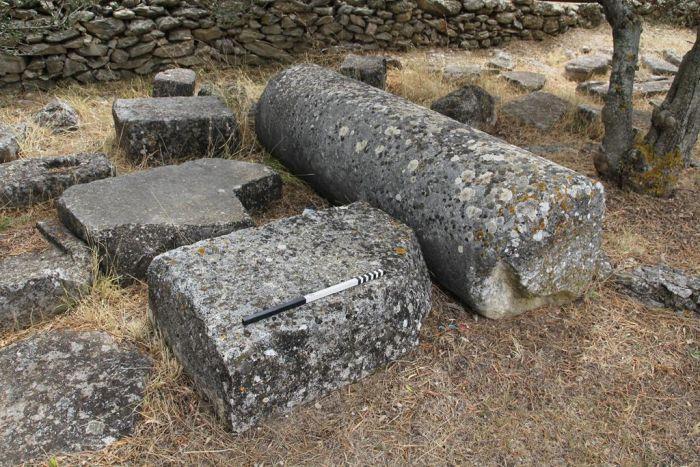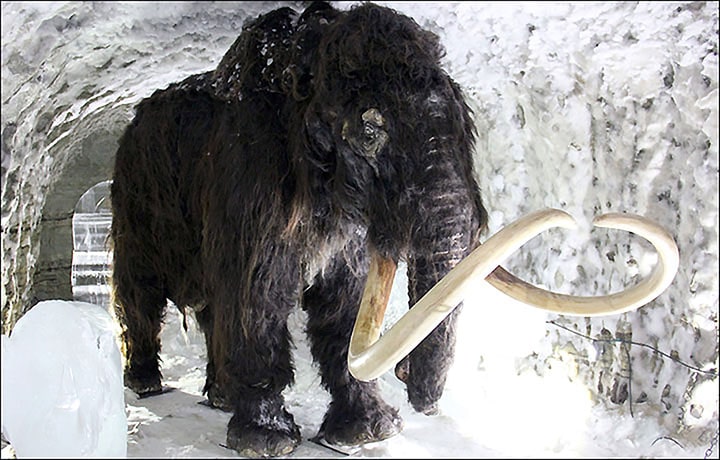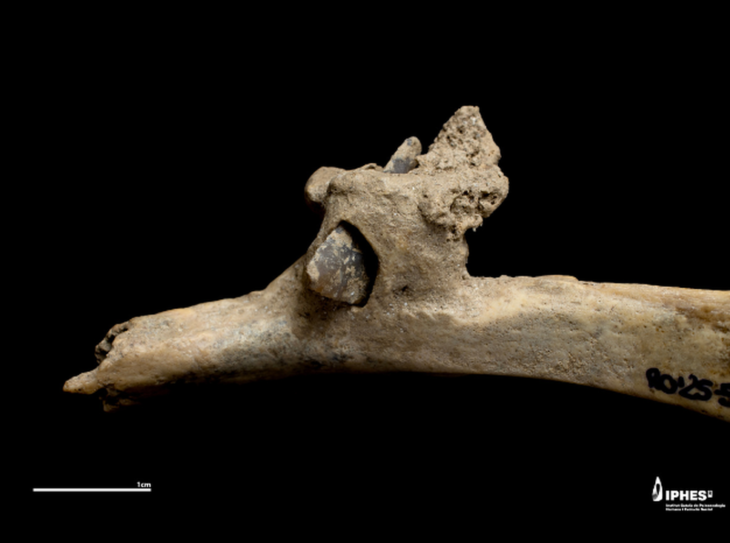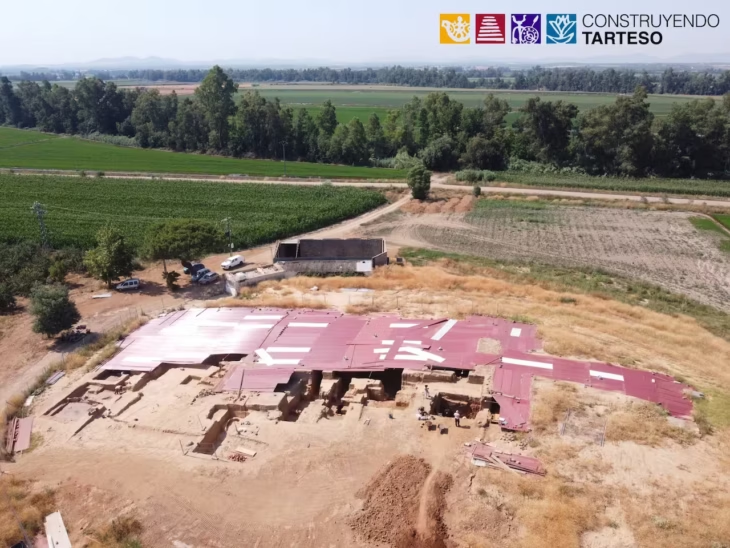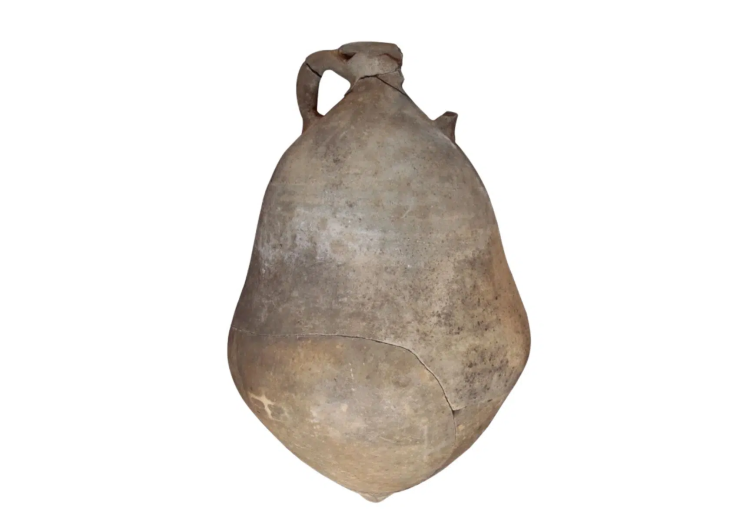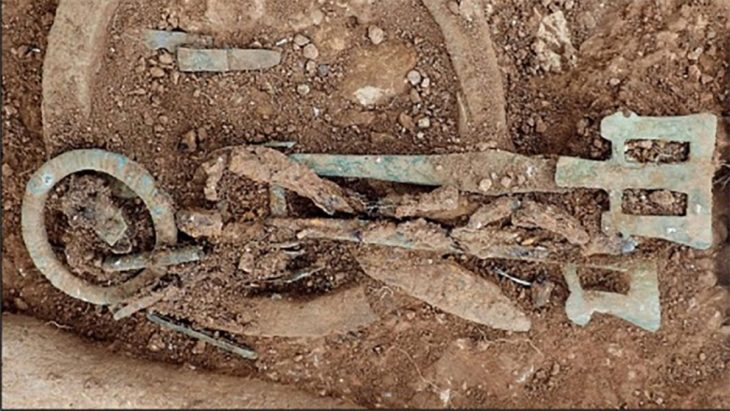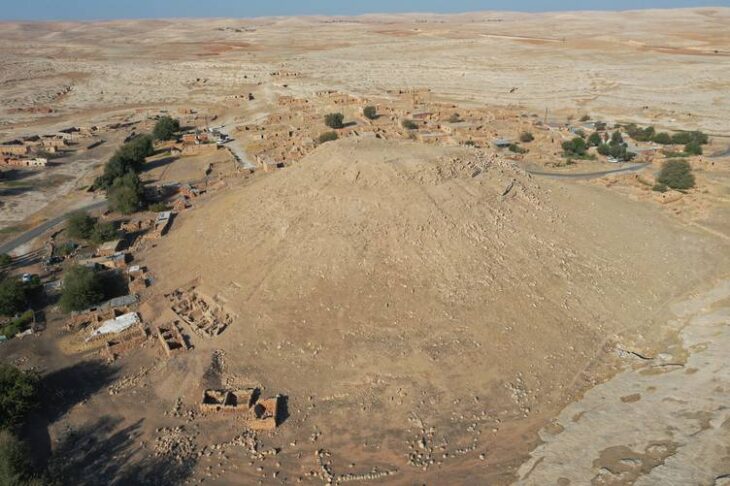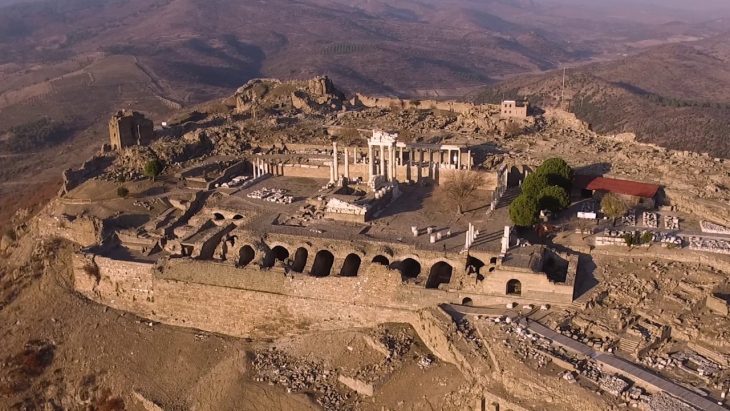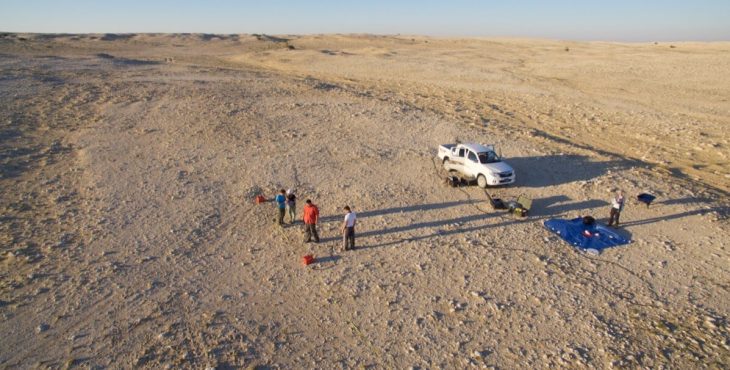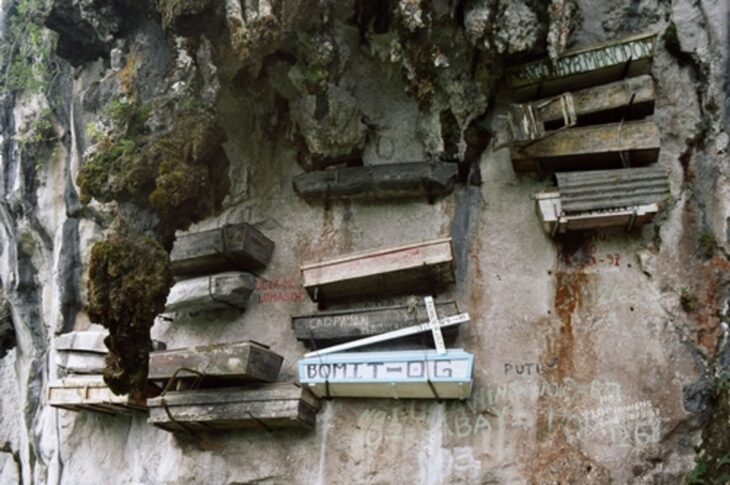Archaeologists have uncovered a remarkable marble head believed to depict a Roman emperor during excavations in the ancient city of Aspendos, located in southern Türkiye’s Antalya Province. Dating back approximately 1,700 years to the late 3rd century AD, this rare artifact blends Roman realism with Hellenistic artistic influence, offering fresh insights into a pivotal era of Roman history.
The Emperor’s Portrait: A Blend of Power and Emotion
The marble head, measuring around 40 centimeters in height, is estimated to date between AD 250 and 300—a time marked by significant political and artistic transitions within the Roman Empire.
Based on the estimated dating of the statue to the late 3rd century AD, it could possibly represent Emperor Gallienus or Emperor Claudius II Gothicus, both of whom ruled during the turbulent period known as the Crisis of the Third Century. This timeframe aligns with the political instability and artistic transitions reflected in the statue’s realistic yet expressive style.
The portrait exemplifies verism, a Roman tradition emphasizing hyper-realistic details such as deep forehead wrinkles, pronounced cheek folds, and furrowed lips. These features symbolized wisdom and authority. Simultaneously, the statue’s slightly tilted neck and introspective gaze reveal the lasting impact of Hellenistic art, which infused sculptures with emotional depth and humanity.
“This discovery highlights a fascinating fusion of artistic legacies—Roman verism merged with Hellenistic emotional expression—to convey both imperial power and moral gravitas,” said the lead archaeologists involved in the analysis.
📣 Our WhatsApp channel is now LIVE! Stay up-to-date with the latest news and updates, just click here to follow us on WhatsApp and never miss a thing!!
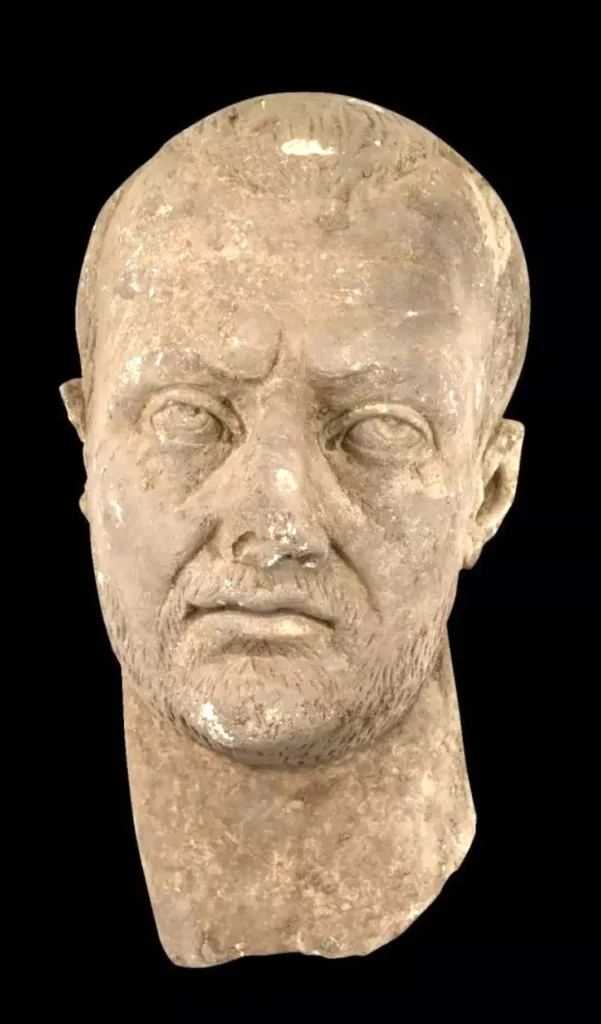
Aspendos: Beyond Its Famous Theater
Aspendos, best known for its exceptionally preserved Roman theater, was a thriving urban center in the ancient region of Pamphylia. Founded as early as the 10th century BCE, the city became an important hub for trade, politics, and culture under Roman rule.
The newly found statue head was excavated in the city’s Roman forum, the vibrant civic heart where imperial authority was visually asserted through monumental art and architecture. Alongside ongoing digs of public baths, aqueducts, and administrative buildings, this discovery enriches our understanding of Aspendos’ urban planning and the role of imperial propaganda in Anatolia during the late Roman Empire.
Significance of the Find
This marble head not only deepens historical knowledge about the Crisis of the Third Century—a period of military, economic, and political upheaval—but also illustrates how emperors used art to project resilience and legitimacy in times of uncertainty. The blend of realism and emotion captured in the sculpture’s expression offers a rare glimpse into the complex identity and ideals of late Roman imperial rule.
Cover Image Credit: DHA

